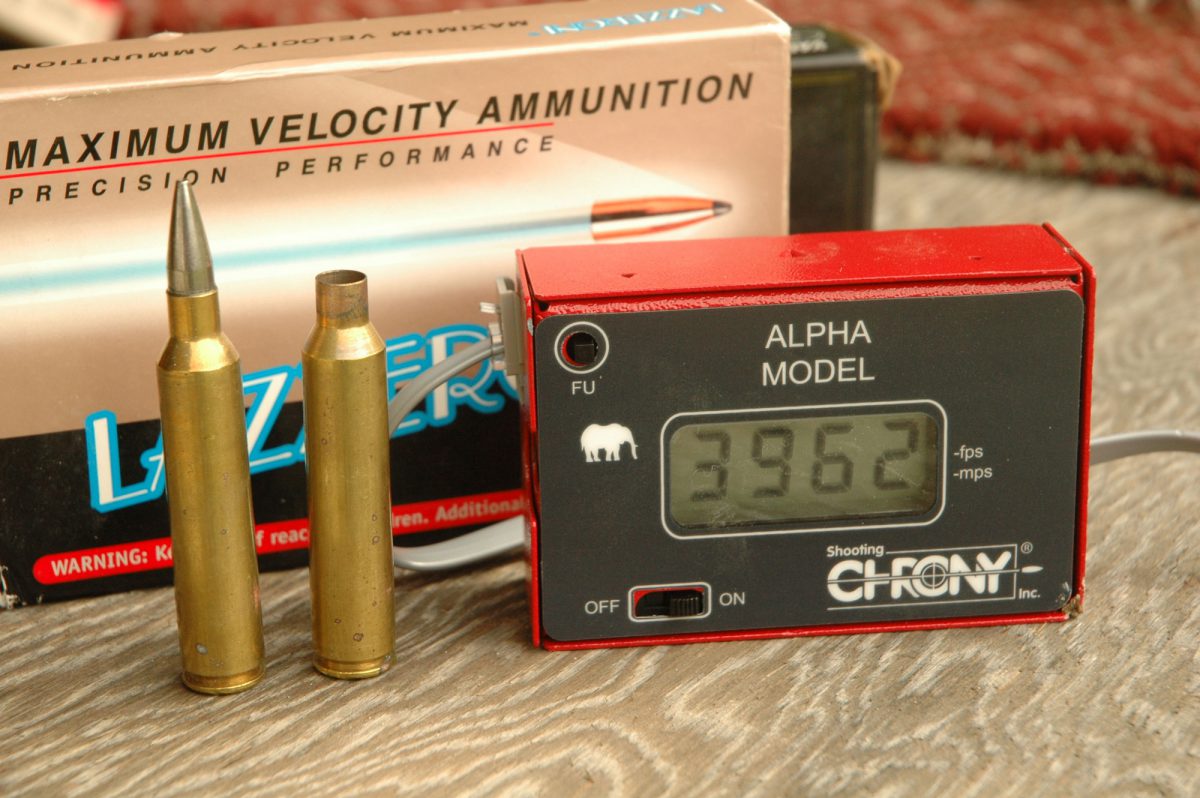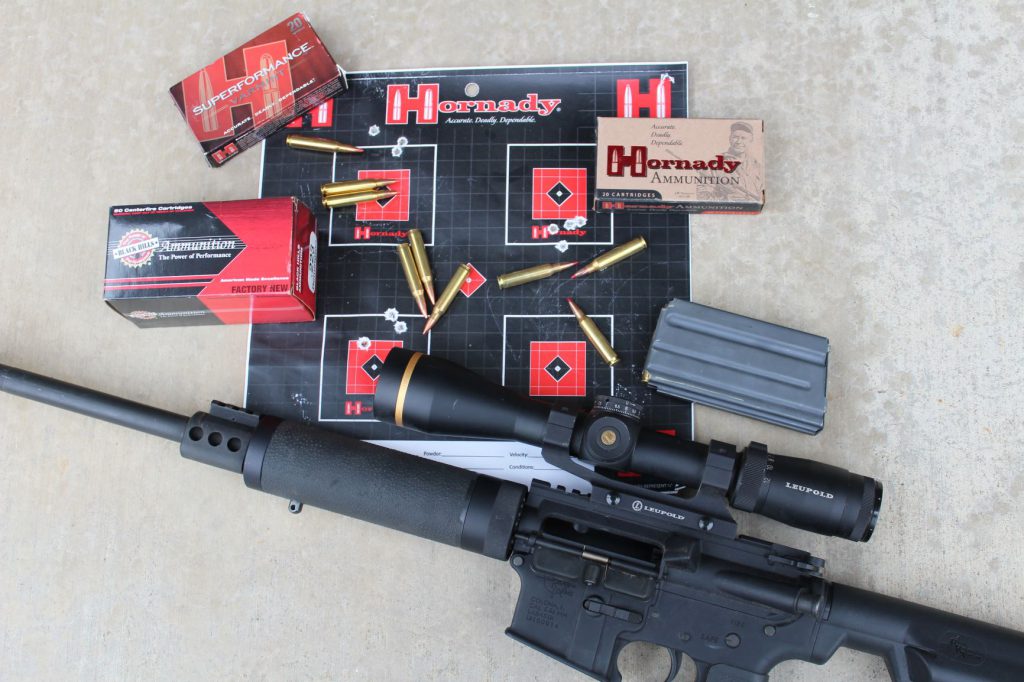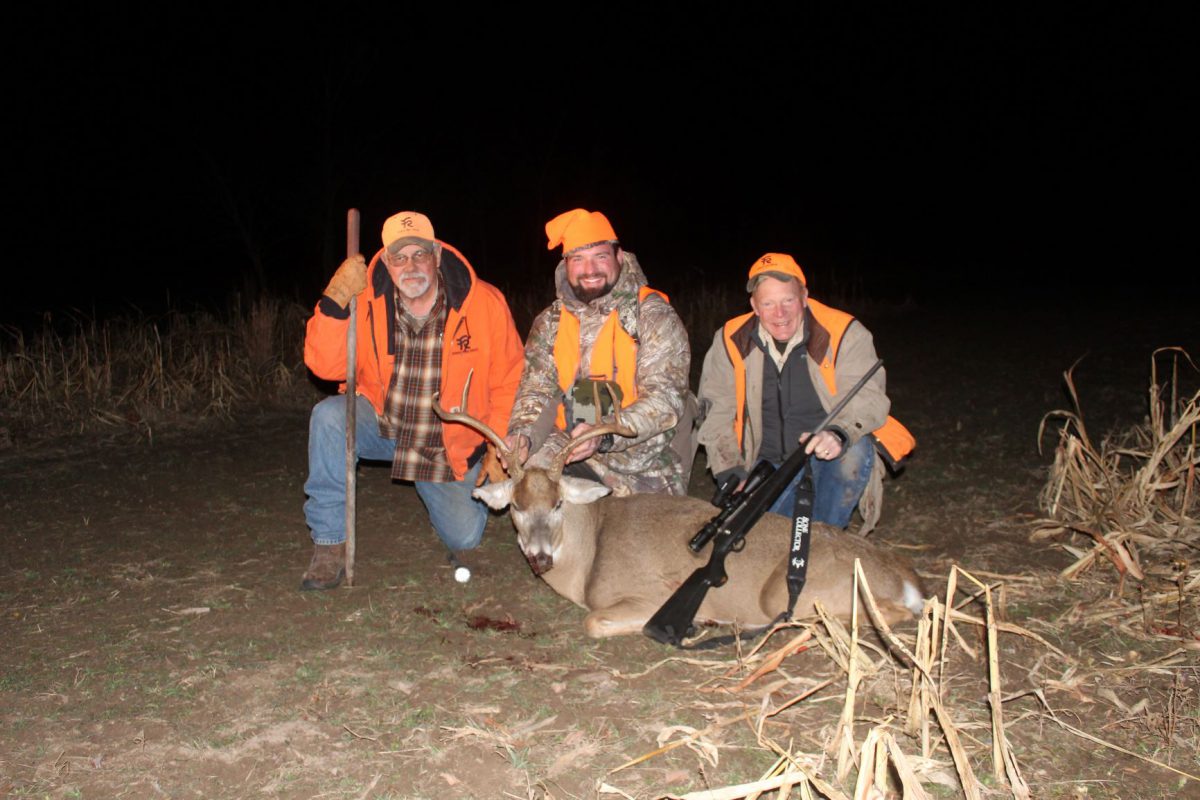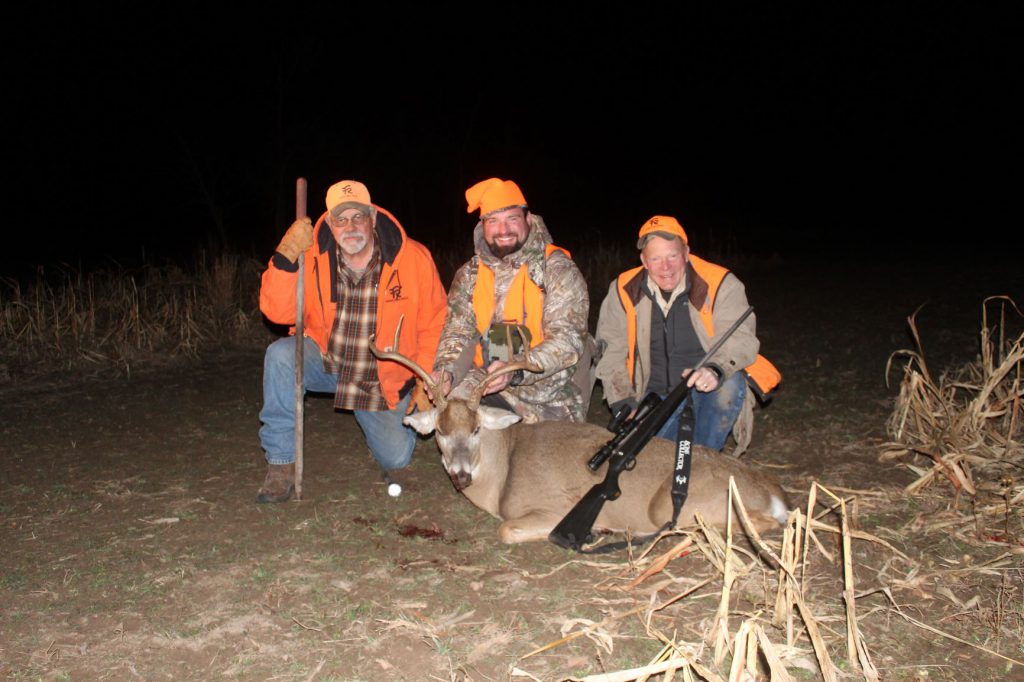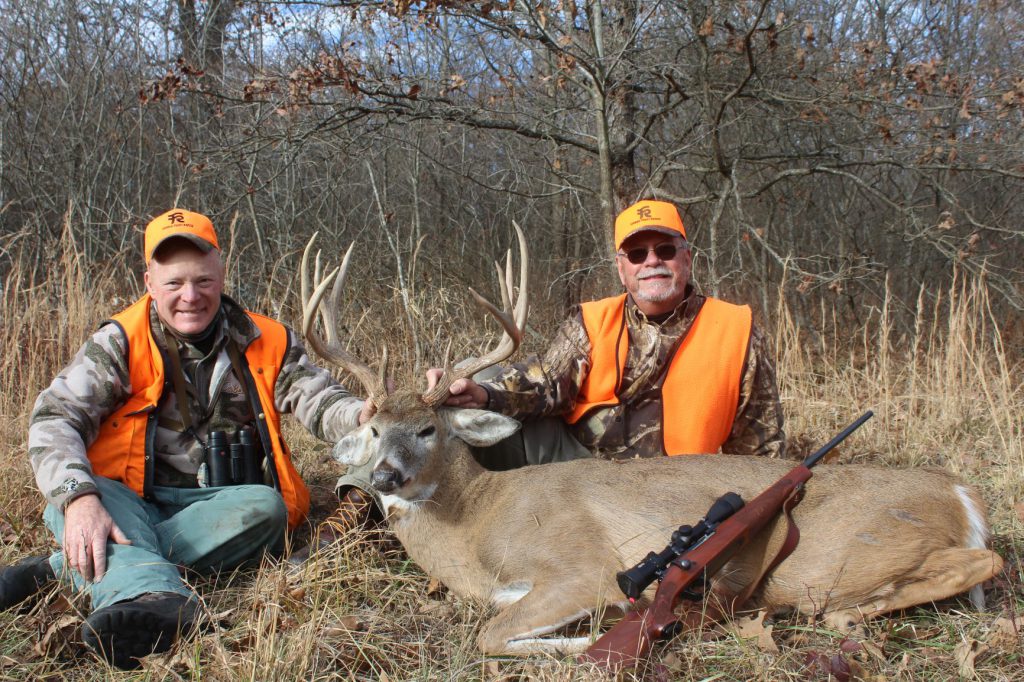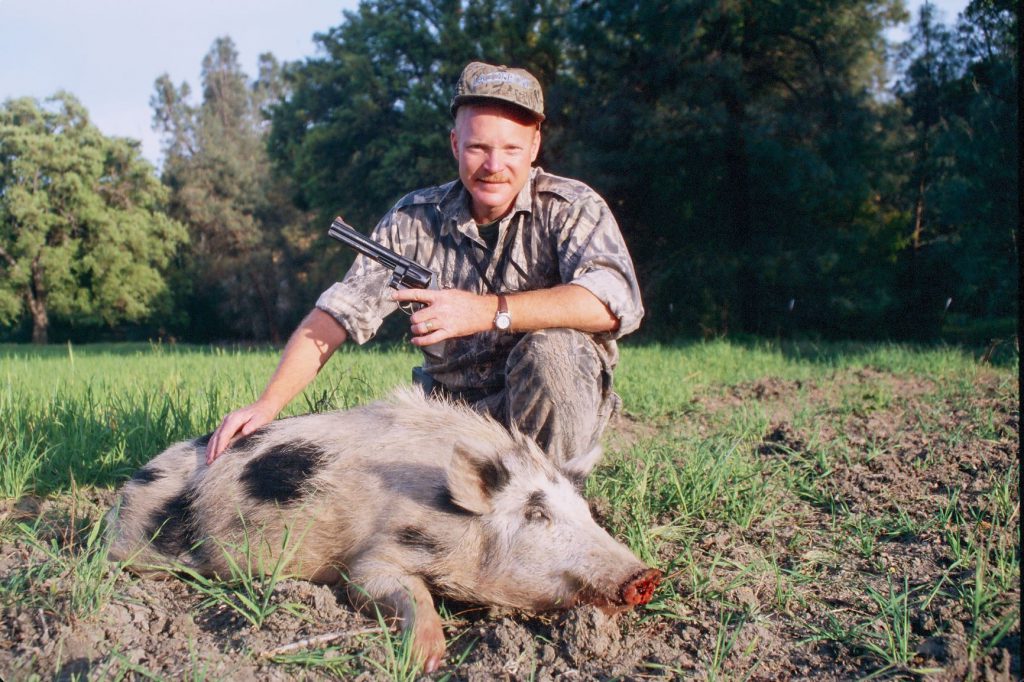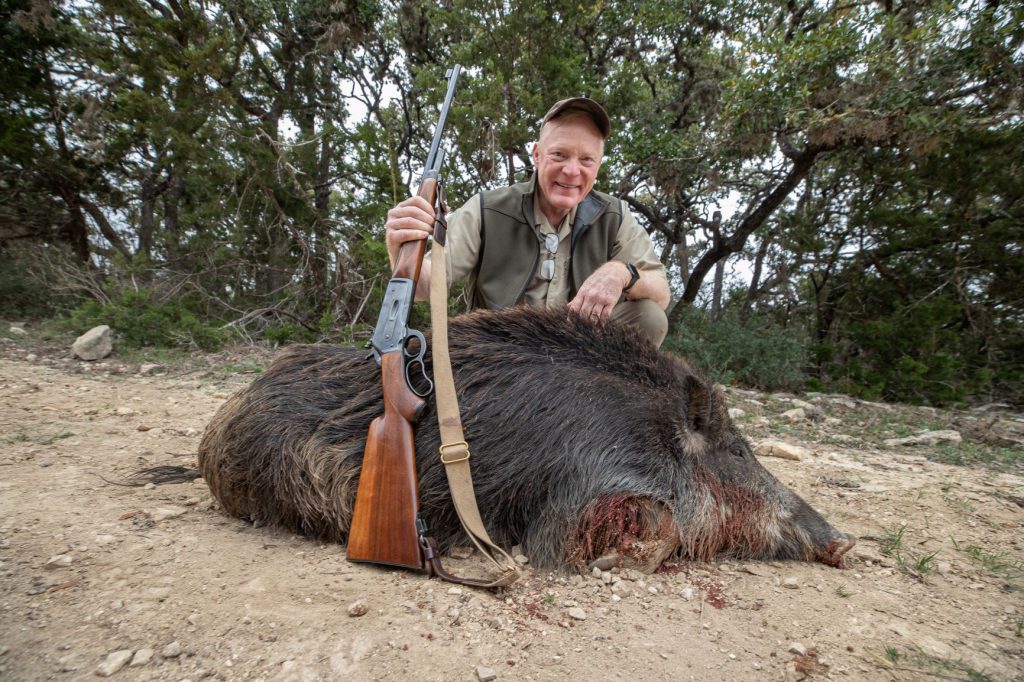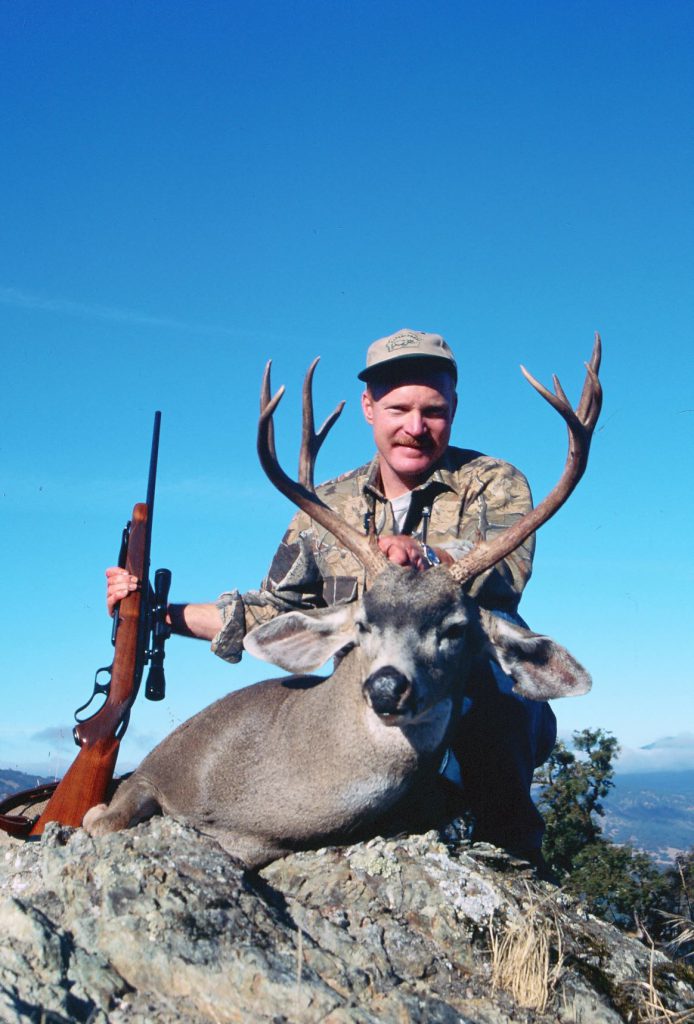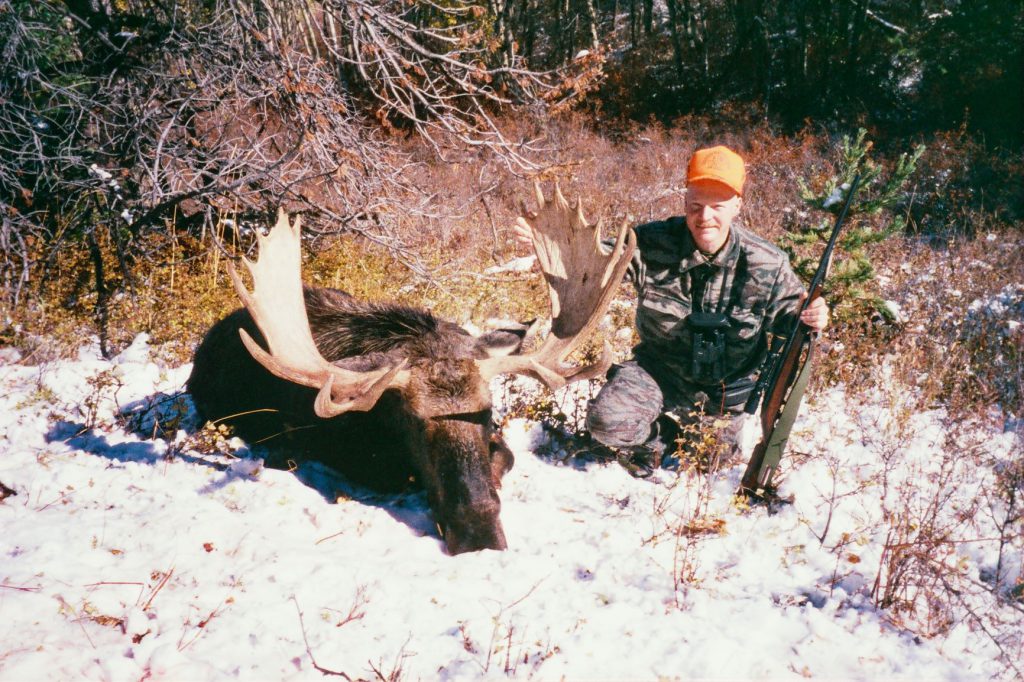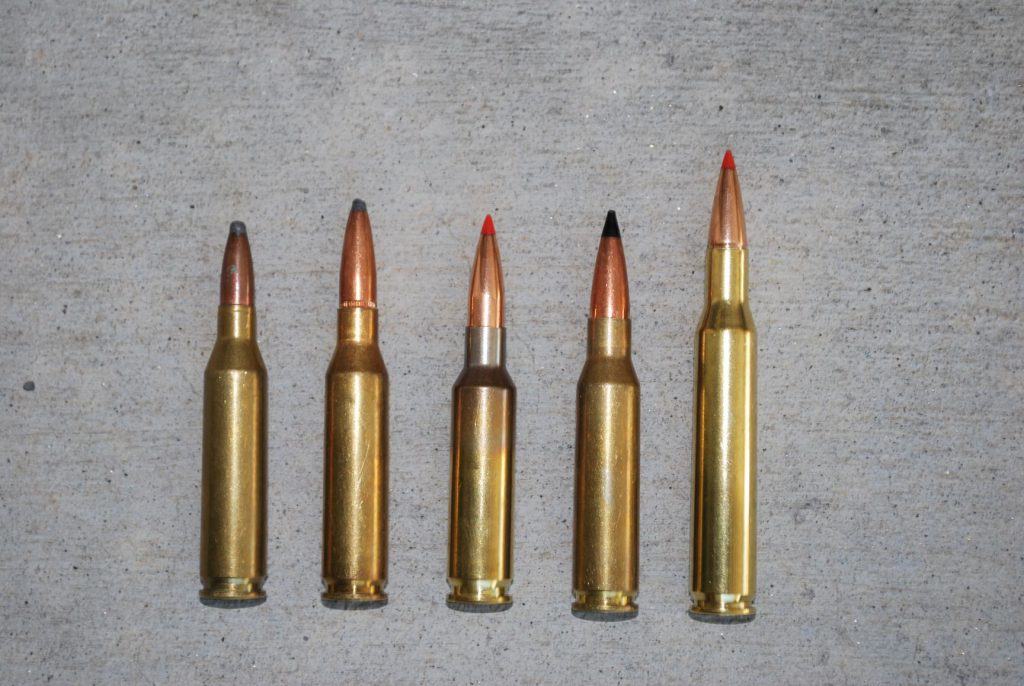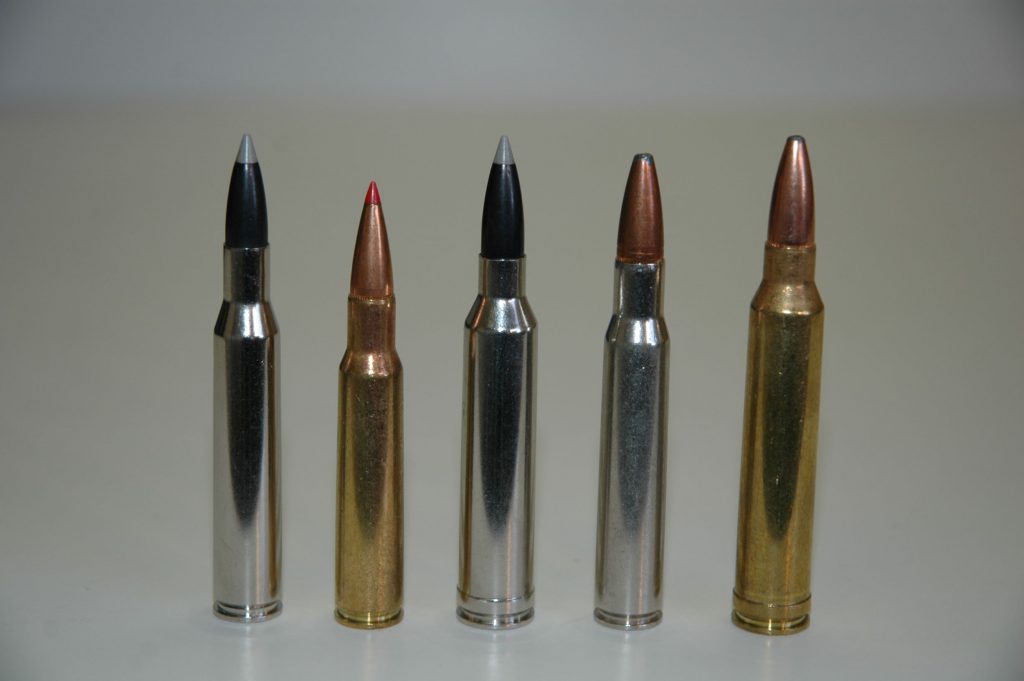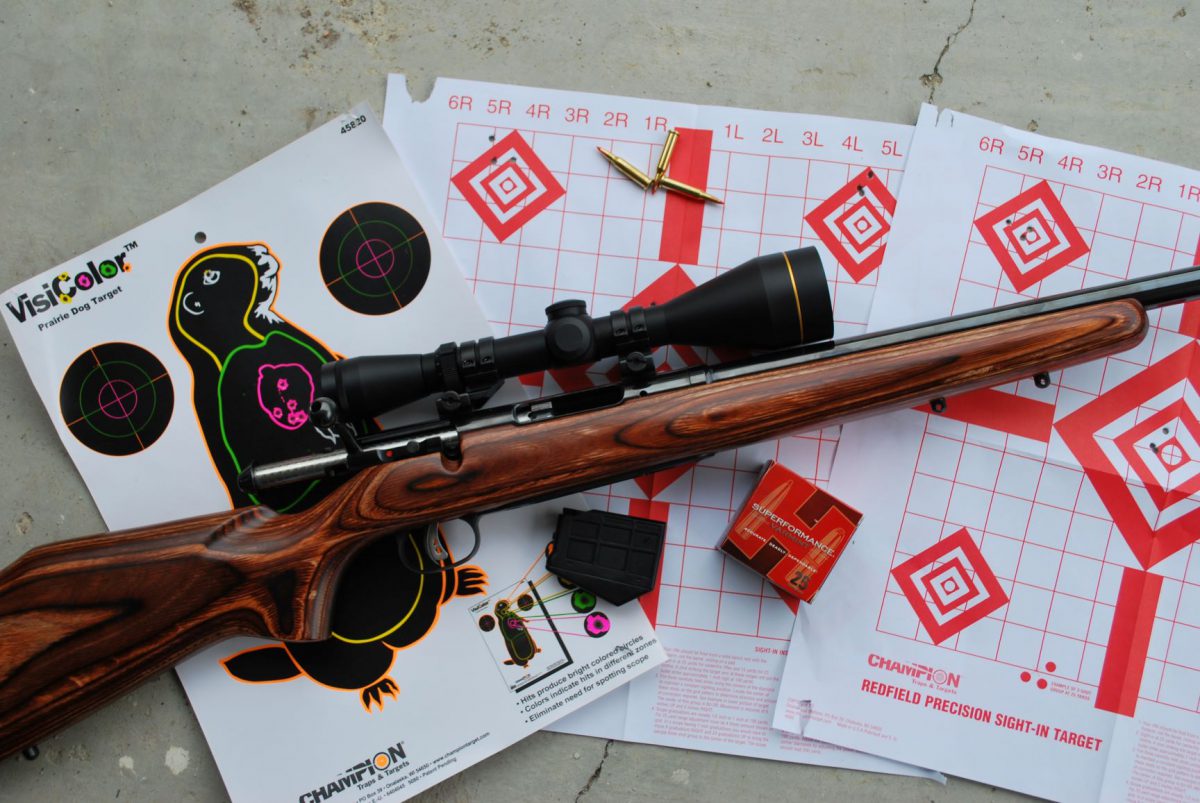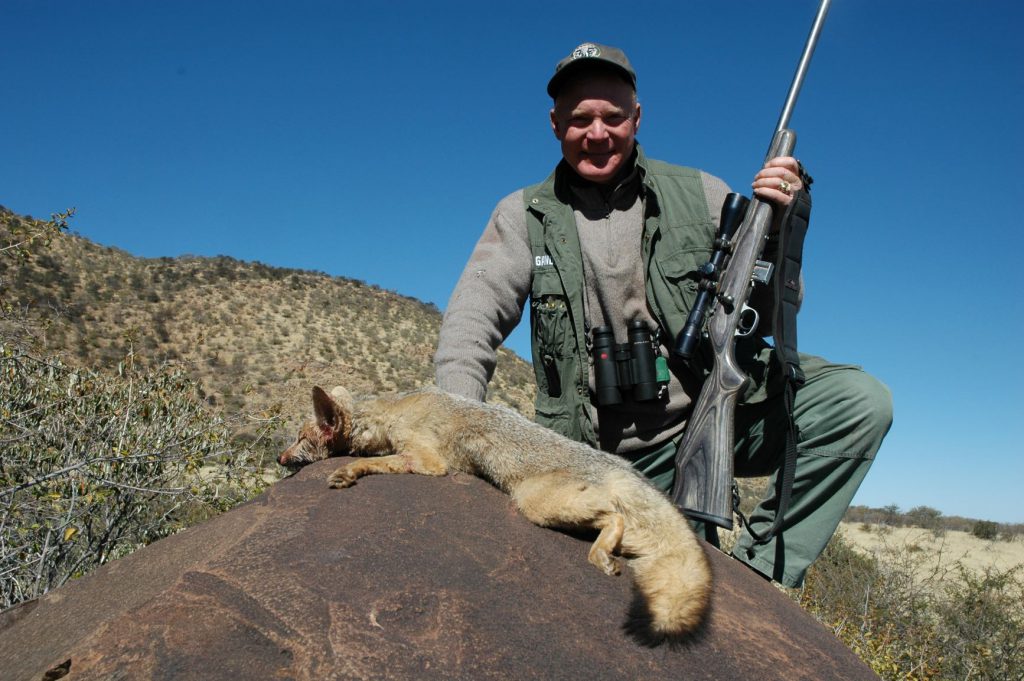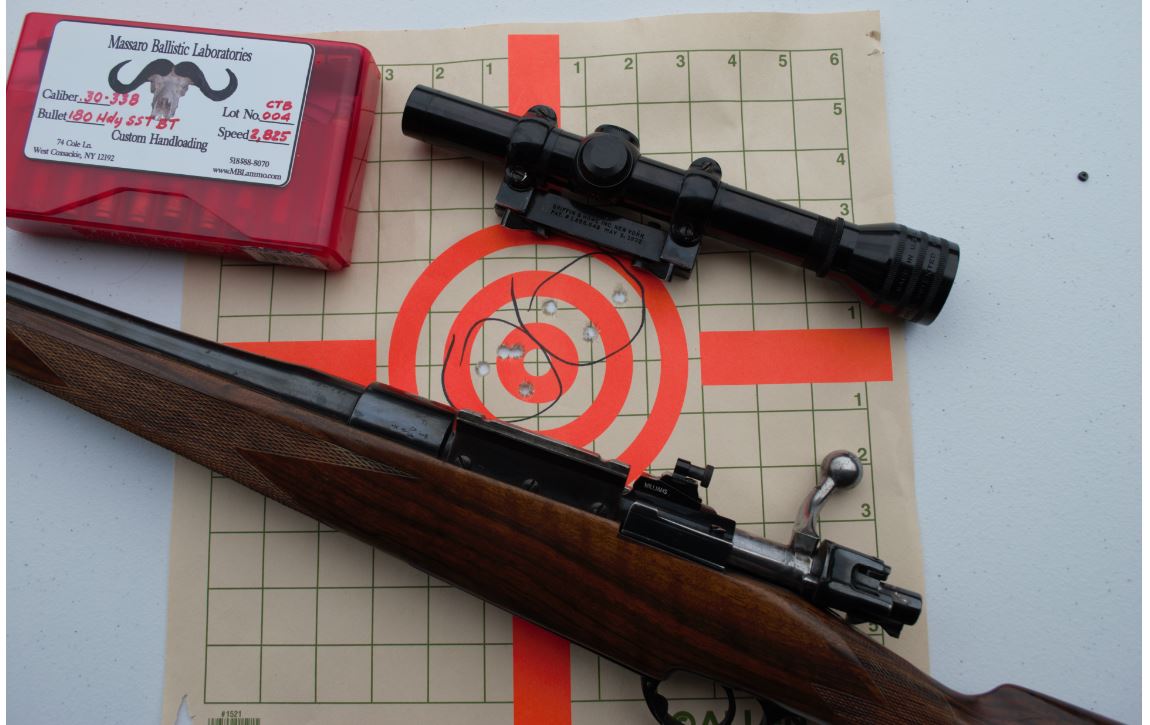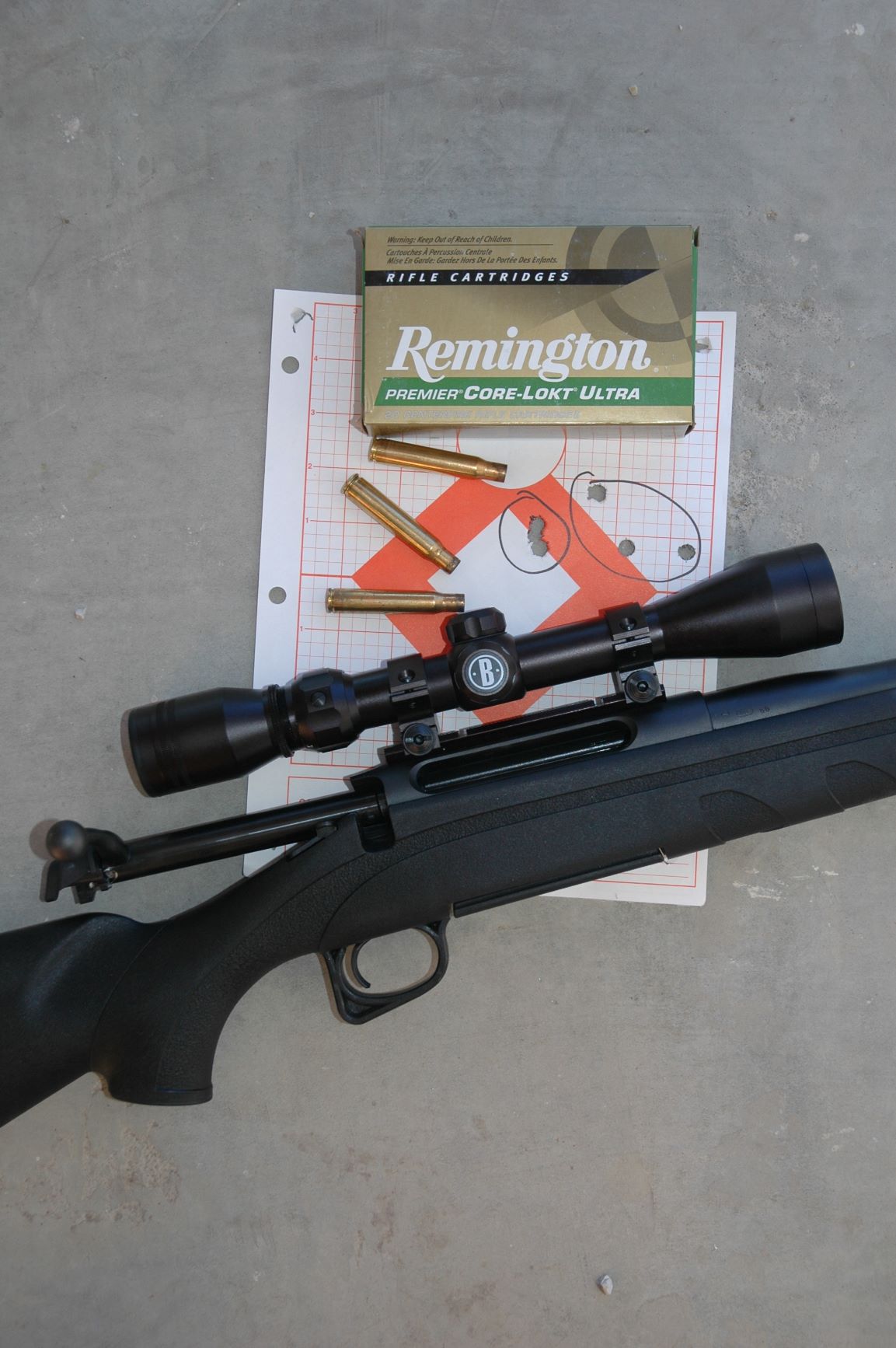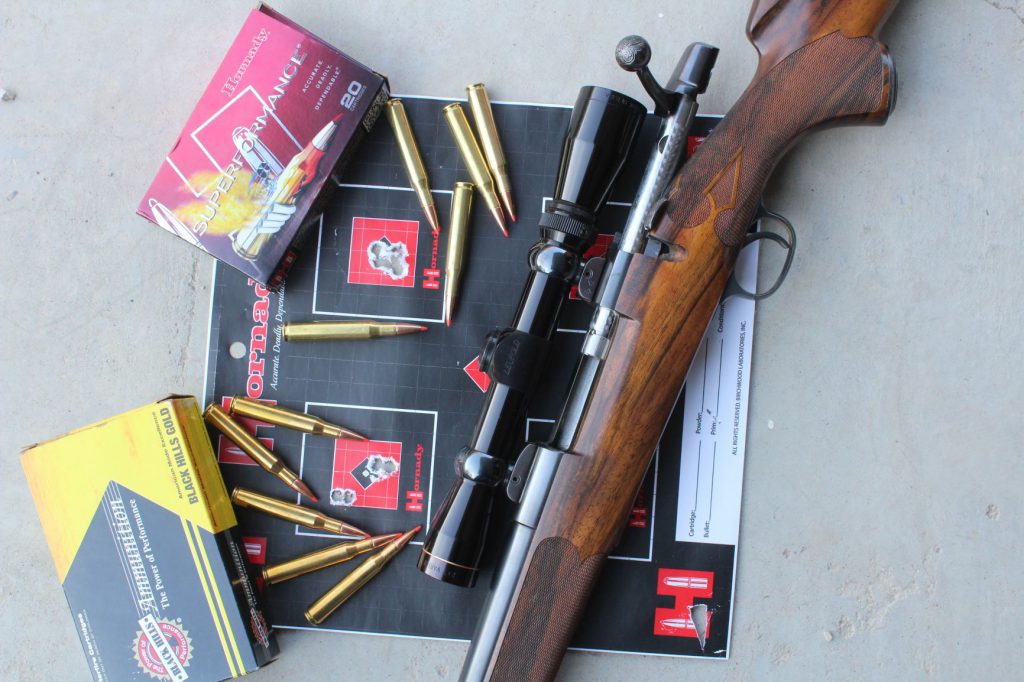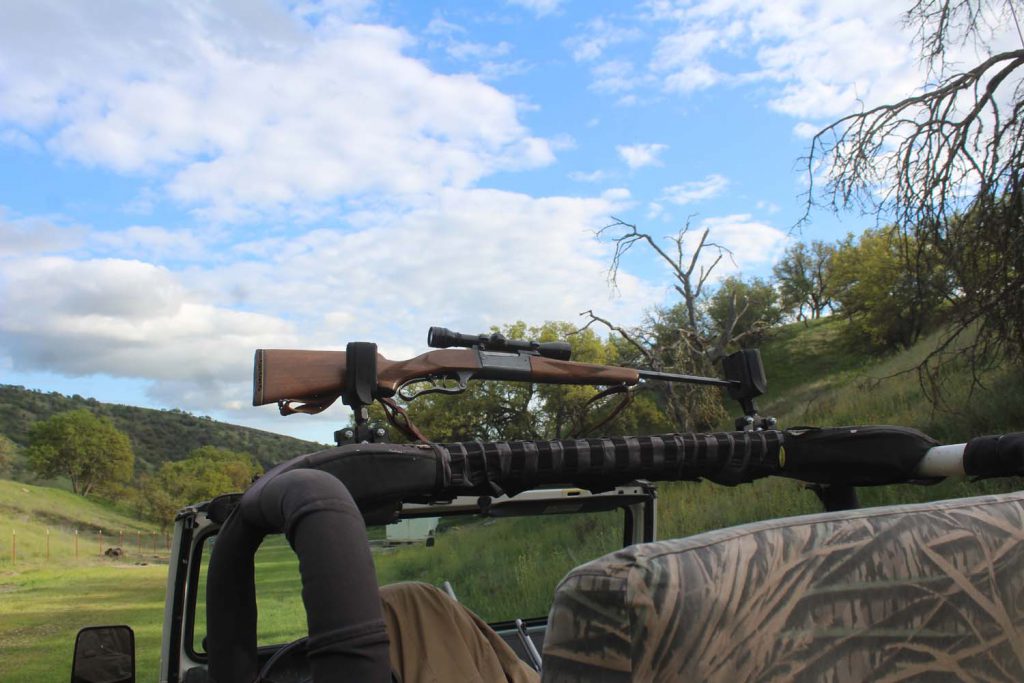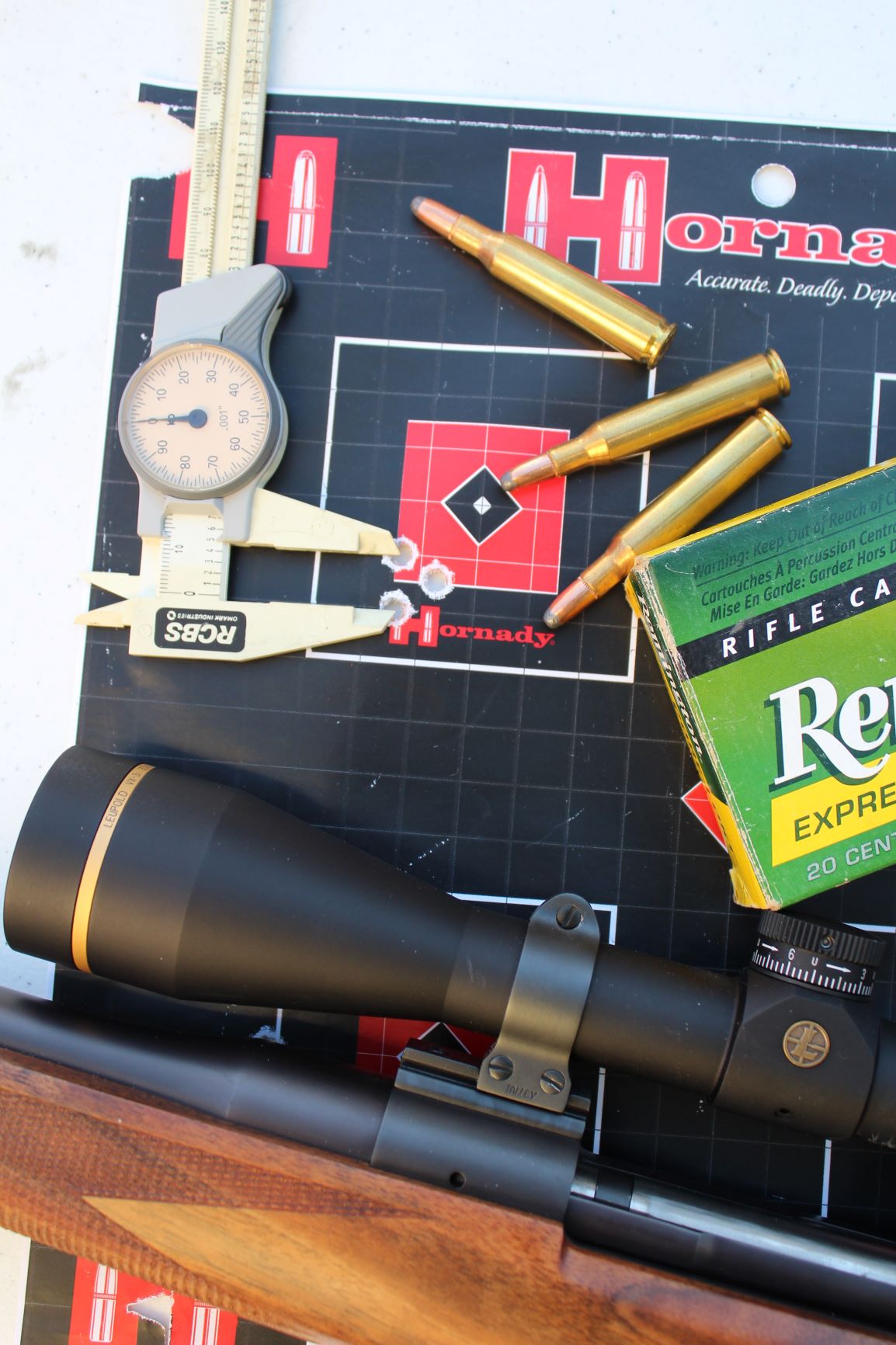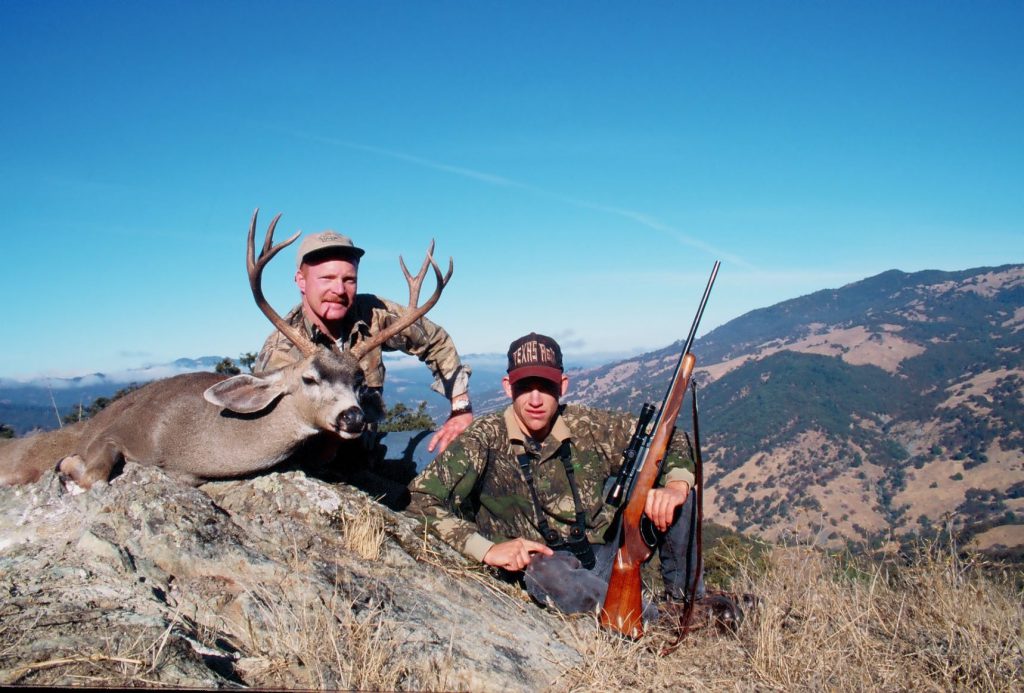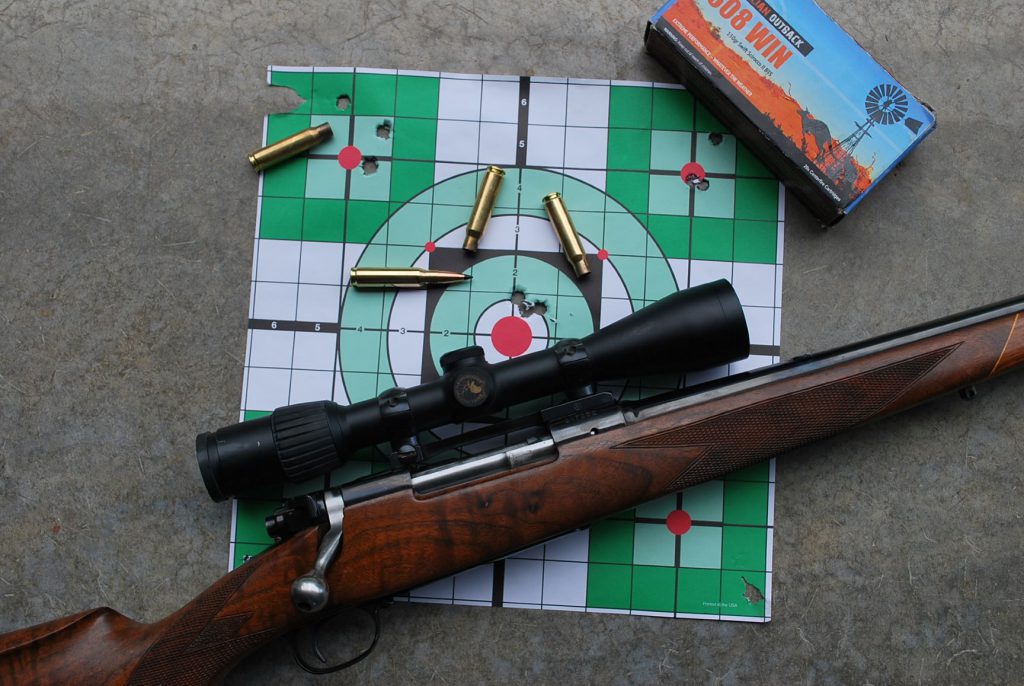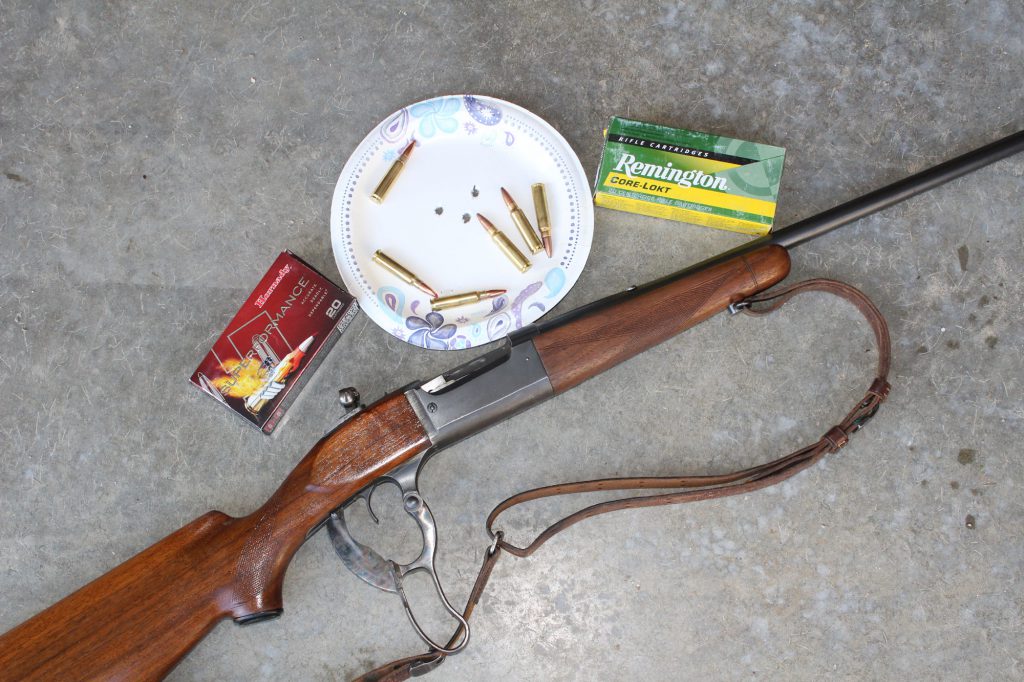
American rifle shooters have long been obsessed by accuracy and velocity, demanding more of both than is really necessary. Mind you, neither are bad things, although it depends on what you’re doing. In target shooting, accuracy is everything, although shooting disciplines and target sizes vary widely. In hunting, let’s be honest, the vital zone of a deer-sized animal is not a small target, and it’s exactly the same size at 40 or 400 yards. If you can consistently hit a volleyball or a ten-inch paper plate you should have venison for the freezer. That vital zone looks smaller and, for sure, becomes harder to hit as distance increases, but it’s still a large target.
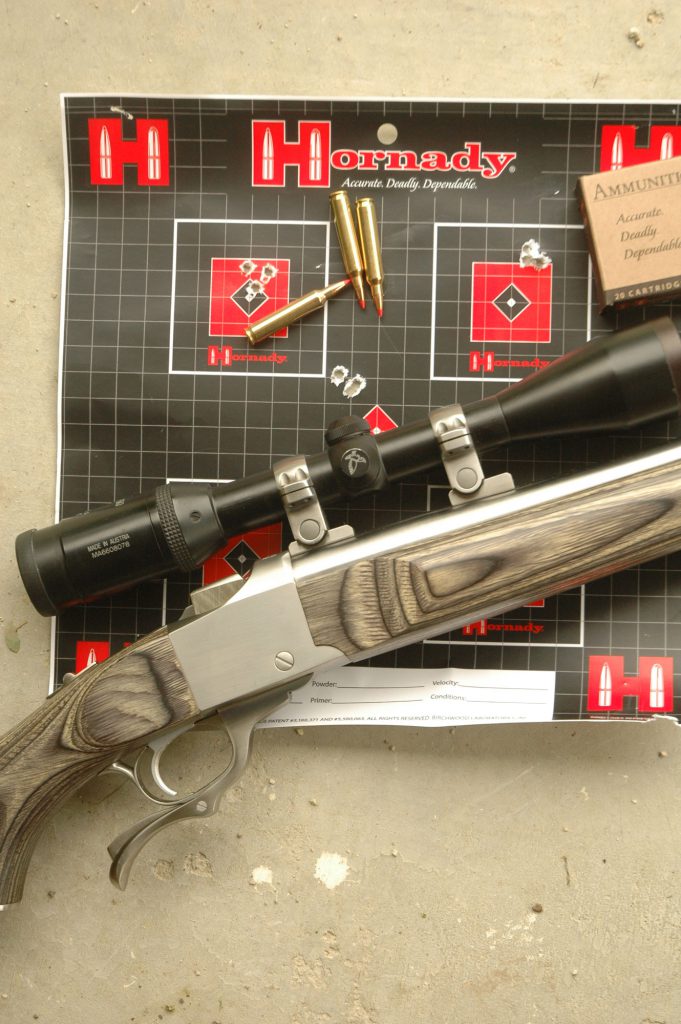
Obviously, different situations require more or less accuracy. I shoot the occasional coyote on the Kansas farm, and we wear out the armadillos because they dig up the yard, but an annual prairie dog shoot is my primary varmint hunting. A prairie dog is about three inches from back to belly so, that’s the window you must hit, and we do some of our prairie dog shooting beyond 400 yards. A one-inch group at 100 yards, what we call “Minute of Angle” (MOA) can be expected to naturally disperse to four inches at 400 yards…without taking into account wind and wobble. One MOA accuracy isn’t good enough for prairie dog shooting.
Continue reading “ACCURACY AND VELOCITY By Craig Boddington”
